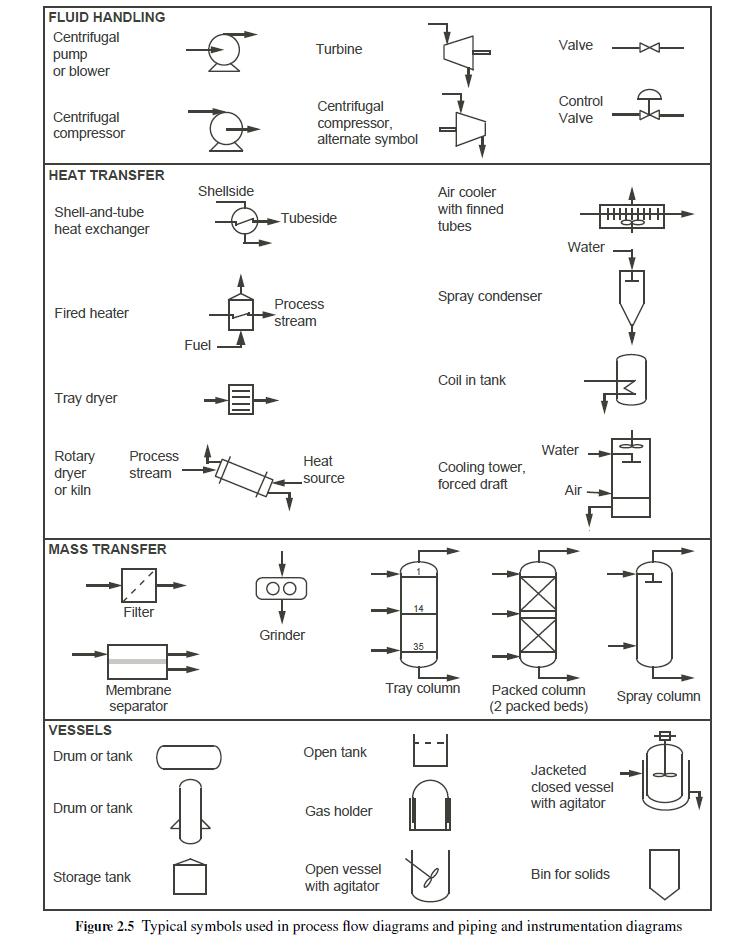The procedure for treating patients with insufficient kidney function is called hemodialysis. This procedure typically takes place
Question:
The procedure for treating patients with insufficient kidney function is called "hemodialysis." This procedure typically takes place for approximately 4 hours, three times per week.
The following configuration is representative:
A. The "impure" blood (containing waste products that need to be removed) is caused to leave the body from a blood vessel through plastic tubing.
B. An anticoagulant called "heparin" is added continuously to the tubing carrying the "impure" blood to prevent clotting in the hemodialysis system.
C. The blood passes through a centrifugal pump, which provides the flow of the blood through the system.
D. The blood passes through the "tube" side of a shelland tube "mass exchanger' (which is called a "hemodialyzer" and is very similar to a shell-and-tube heat exchanger).
A liquid stream of "warm dialysate" passes through the "shell" side of the hemodialyzer. In the hemodialyzer, the waste products in the blood pass through the walls of the tubes and enter the dialysate.
E. The blood leaving the hemodialyzer passes through a filter, which traps particulates (typically, clusters of cells) and removes them from the blood.
F. The "cleansed" blood returns to the patient.
G. The dialysate is prepared from a dialysate concentrate, which is purchased and diluted during the procedure to the desired concentration. To accomplish this dilution, the concentrate is pumped through tubing to a junction in the tubing where it joins another tubing stream carrying ultrapure water. The ultrapure water is prepared by pumping it from a distilled water source through tubing and through an ultrapure filter before joining the dialysate concentrate. After the dialysate concentrate and ultrapure water streams join, the dialysate is at its proper diluted concentration, as determined by the relative pumping flow rates of the water and concentrate pumps.
H. The diluted dialysate flows through a heater (coil-intank type, with a stream of hot water flowing through the heater to provide the heat) to produce "warm dialysate." I. The "warm dialysate" streampasses through the hemodialyzer as described in part D and then flows to the drain.
Construct a pictorial Process Flow Diagram (without the stream table) using the symbols given in Figure 2.5.

Step by Step Answer:

Introduction To Chemical Engineering Tools For Today And Tomorrow
ISBN: 9780470885727
5th Edition
Authors: Kenneth A. Solen, John N. Harb





